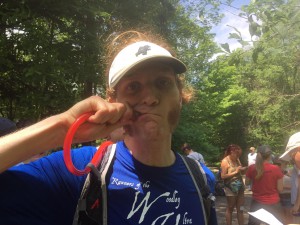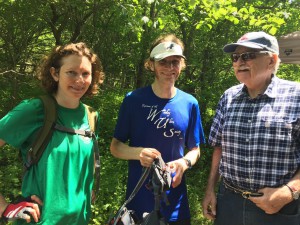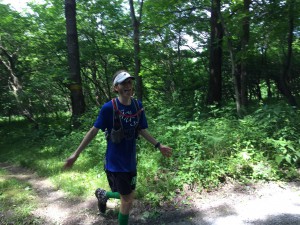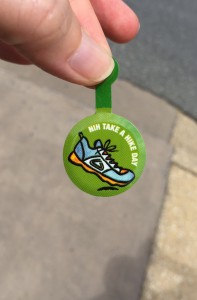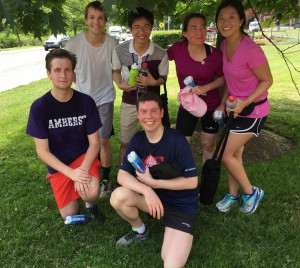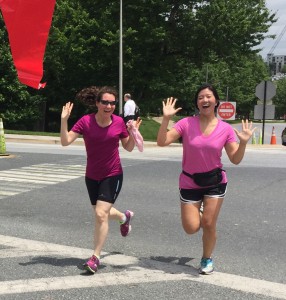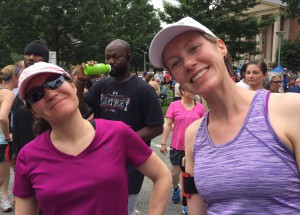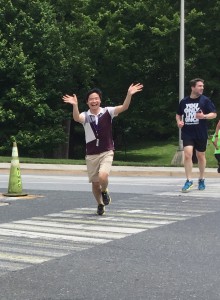Highland Sky 40
Canaan Valley, WV
June 18, 2016
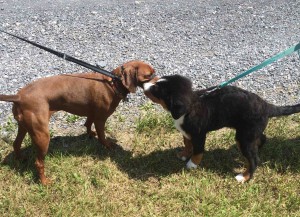
We had a bunch of first-timers out at HS40 this year, peppering me and Aaron with questions about the course. Aaron’s won the race a bunch of times, I’ve got the women’s CR, and we have a house in Canaan, so I guess we know a thing or two about the race and the area. So for anyone coming out here next year, here’s a summary of our best tips for HS. It’s one of my absolute favorite races. Not just for its beauty, but also for its challenge. You’d be hard-pressed to find a race that gives you a taste of everything. You’ve got the full trail challenge — tough climbs, boulder fields, the gnarliest technical trails through woodlands. And you’ve got a full speed challenge, with the Road Across the Sky, and some run-able trails through open grasslands.
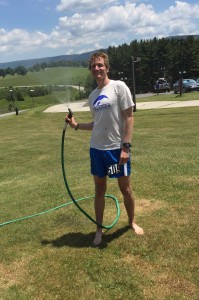
- So, #1, HS favors chimeric runners, the ones who can switch back and forth between trail and road running — folks like Aaron. Trevor, who finished 2nd this year, can attest to the value of having a little road speed in you. At mile 20, he hit the 7-mile Road Across the Sky in 8th place. By the end of the road, he was squarely in 2nd. A little spring from marathon-training made up a whole lot of ground there.
- A key piece of advice is to think of the race as two distinct halves, with the Road Across the Sky starting at mile 20 as the turning point. Prior to mile 20, you have a pure trail race: gnarly terrain and big climbs. The year I set my CR in 2013 it was an extra adventure because large swaths of the course were under a foot of water. The Sodds are always a bit mucky, but in this case you couldn’t even see what rocks lurked in those jet black puddle-lakes. My best advice for this section is to not look at your watch and just take the terrain as it comes. It’s going to vary from year to year. Don’t push the climbs, keep your heart rate in check. Have fun on the rocks, but don’t push them.
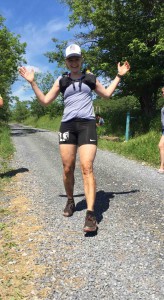
Boots has clearly mastered the second-half let ‘er rip stratagem. - Because in the second half, air it out! The good news, is no matter how the first half goes, after the half-way point you’ll have ample opportunity to make up some time. The Road Across the Sky is a mean old man, with endless long dips and climbs that you can see for a mile ahead. And hot exposed in the sun. But you can make up so much ground here if you didn’t bang your little system up too much in the technical first half. Let ‘er rip.
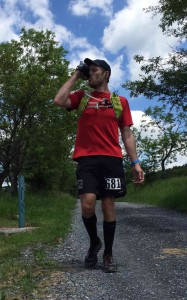
PJ also takes our ‘let ‘er rip in the 2nd half’ advice to heart. - The Sodds are visually deceptive. For some reason, hills in the open plains of the Sodds look less steep than if the same ascent were in the woods. It’s something to do with your visual field. So don’t let it bother when you find yourself walking climbs in the Sodds that don’t think you need to. If you had trees on either side, you’d be walking.
-
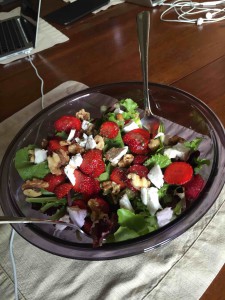
A salad I made after the race with fresh strawberries, local goal cheese, local greens, and walnuts from Highland Market. There are great food options in the Valley for pre-race meals. There’s great pizza at Siriani’s. If you need some protein, head to Tip Top in Thomas, WV for Friday Grass-Fed Burger night (there are veggie burger options too). If you’d like a home-cooked meal, Highland Market is like a housed farmer’s market, serving meats, fruits, and veggies from local farms. Save Hellbender Burritos for post-race.
- Nettles. Yes. In the first climb. They sting, be prepared. Some years are worse than others. Some folks where calf sleeves. Others realize that it’s the least of your problems on this challenging day.
- Wear sunscreen! Next time our aid station will have spray-on sunscreen and I’ll just spray it on cooking runners as they come through.

Tip #2: Making an aid station too hospitable can sometimes result in a lingering runners problem. 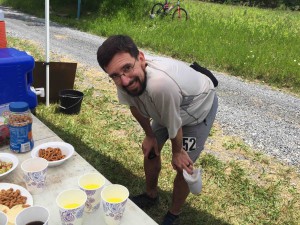
Jeff was one of our first lingering runners. 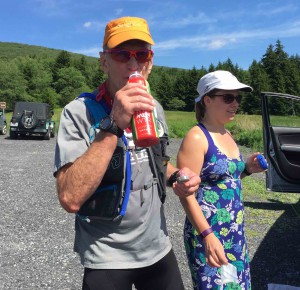
Girls in cute dresses did not help Bob’s lingering runner problem. 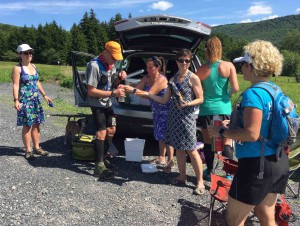
In fact, Team Gaylord’s party van was in general a negative help for the lingering runner problem. 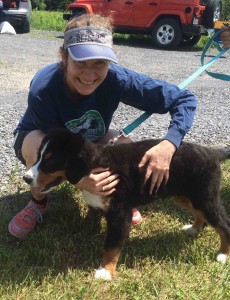
So were the puppies! ~ ~ ~
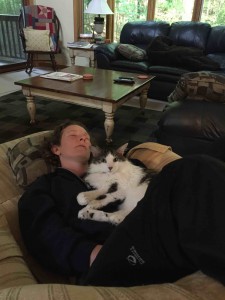
Tip #3: after an exhausting day of volunteering, curl up with a fuzzy kitty 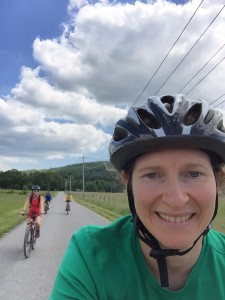
So the next day you can learn how to take selfies while biking with friends!
